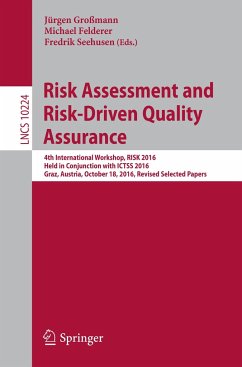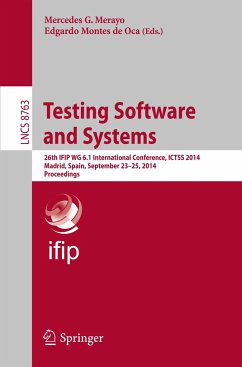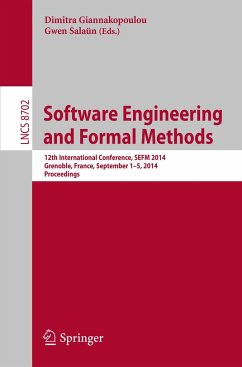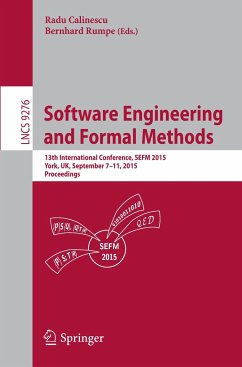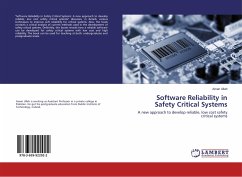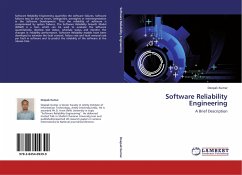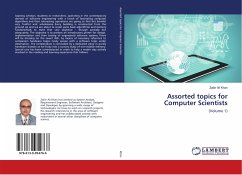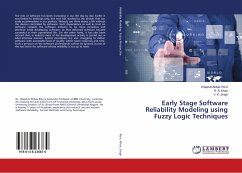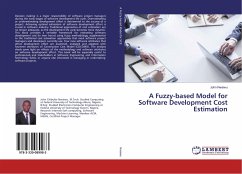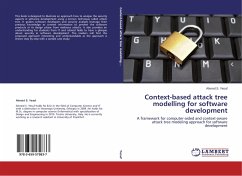
Modelling In Software Reliability
Versandkostenfrei!
Versandfertig in 6-10 Tagen
37,99 €
inkl. MwSt.

PAYBACK Punkte
19 °P sammeln!
Achieving highly reliable software in the customer's perspective is a demanding job for all software and reliability engineers' practitioners. Four technical methods are applicable to achieving reliable software systems. The first method is fault avoidance, that is, preventing by construction fault occurrences. The second method is fault removal, that is, detecting by verification and validation the existence of faults and eliminate them. The third method is fault tolerance, that is, providing by redundancy, service compliance with the specification in spite of faults having occurred or occurr...
Achieving highly reliable software in the customer's perspective is a demanding job for all software and reliability engineers' practitioners. Four technical methods are applicable to achieving reliable software systems. The first method is fault avoidance, that is, preventing by construction fault occurrences. The second method is fault removal, that is, detecting by verification and validation the existence of faults and eliminate them. The third method is fault tolerance, that is, providing by redundancy, service compliance with the specification in spite of faults having occurred or occurring. The fourth method is failure/fault forecasting, that is, the main focus of software reliability modelling. The importance of research in software reliability is inevitable to the continuing growth in the software industry. Avenue for further research have been discussed in the conclusions given at the end of each Chapter based solely on our work. Our research indicates Nonhomogeneous Poisson process-based software reliability models is an important and rapidly evolving area of study.



